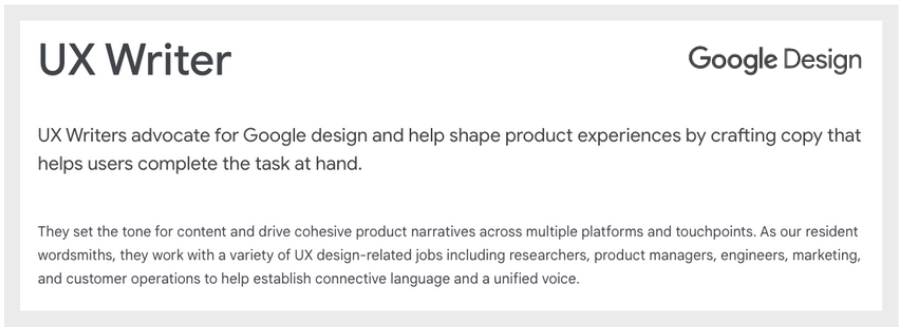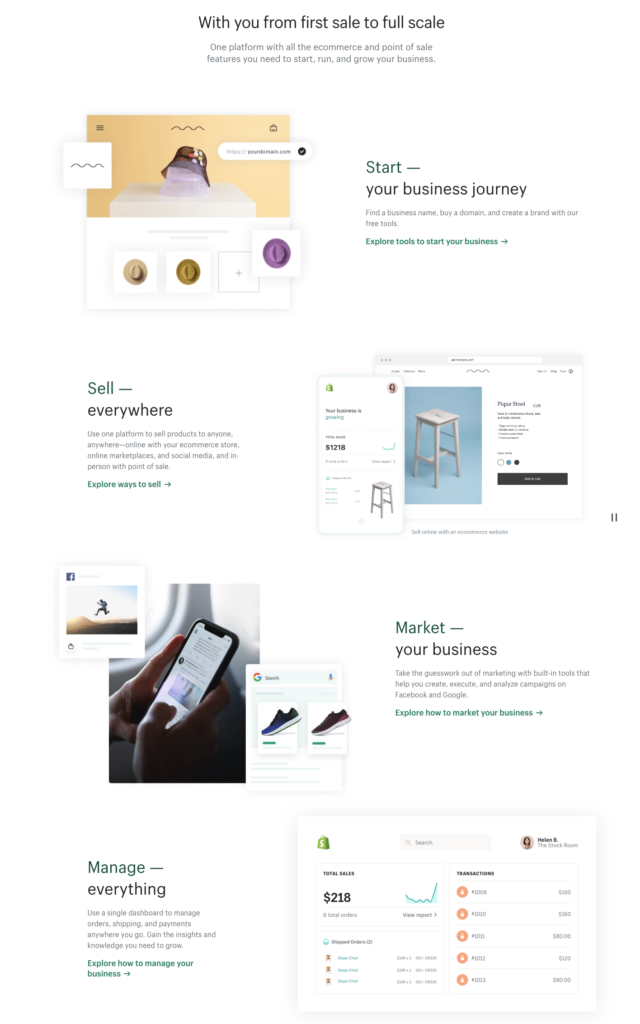Article's Content
If people are bailing out of your website without making a purchase or filling out a contact form, it might not be because they’re not interested.
It might be the copy.
The reality is that 38% of people will stop engaging with your website if they have a poor experience with the content or layout.
And 88% of online consumers are less likely to return to your website after a bad experience.
User experience (UX) is the term used to describe how someone feels and thinks as they interact with a product or service at every touchpoint along their journey—and it plays a huge role in differentiating your business from the competition.
In the digital world, UX greatly impacts whether a user will stay on your site or return for a second visit, and how credible they perceive your business to be.
This means designing exceptional experiences is critical—and to do that, you need to have a deep understanding of your audience, your product or service, and the technology being used to interact with your product or service.
In the past, research, technology, design, and copy were often individual roles on a team, but in recent years we’ve seen an increasing overlap between these skill sets.
This has resulted in the evolution of roles and, in some cases, new roles entirely. One of the roles that we’ve started to hear more about is a UX writer.
✍ But what is a UX writer, exactly?
🤷 And what makes a UX writer different from a copywriter?
📝 And how does copy play a role in the overall UX design process?
Well, let’s dig in and find out.
What is a UX writer?
A UX writer is someone with a deep understanding of their audience who writes copy to improve the user experience. With the goal of helping users complete the task at hand, UX writers are responsible for each piece of copy that a person encounters when interacting with a product or service.
Simply put, a UX writer is someone who writes for the users.
People interact with products and services differently online than they do in-person, and they often have different standards for these interactions. Online, they expect an intuitive interface that will allow them to find answers to their questions with ease.
And copy plays a critical role.
But we’re not talking about blog post content that supports and educates your visitors. We’re talking about on-page messaging (an explanation of your product or service, for example) and microcopy (like button text and error messages).
According to Google’s description, a UX writer crafts copy that helps users complete the task at hand, driving “cohesive product narratives” with a “unified voice.”

To deliver on this copy effectively, you must have an accurate and thorough understanding of the user.
What is the difference between a UX writer and a copywriter?
OK, a UX writer has a deep understanding of their audience and writes copy to improve the user experience—that makes sense.
But you may be asking yourself…
“How exactly are UX writers different from copywriters?”

From our perspective, UX writers are what all copywriters should be.
Traditionally, we think of copywriters in an ad agency setting, writing words to attract, convince and sell—ultimately with the aim of increasing brand awareness and persuading someone to take a particular action.
However, as digital has grown to become the most impactful part of the customer journey, our views on writing copy have also transformed. Copywriting today is about so much more than selling and persuasion.
Regardless of the job title—be it UX writer or copywriter—the purpose of writing customer-facing content is to move the audience toward accomplishing their goal. Today’s writers need to have a deep understanding of behaviour psychology, design and technology in order to be truly exceptional at crafting messages that support an intuitive experience.
But not all copywriters have adapted with the times.
The ones who want to know everything they can about the audience before writing a single word and who consistently level up their skills with UX writing courses are the ones you want on your team.
How does copywriting play a role in UX design?
Writing copy to make the user’s journey easier allows them to accomplish their goals (and subsequently, for you to accomplish yours).
There’s only so much a website or app design can convey without any written copy.
When it comes to UX design, the copy may not stand out as much as some of the other elements (think user interface design or interaction design), but your copy plays a huge role in the overall success of the experience you provide online.
For example, Shopify uses UX copy to help potential shop owners envision the simplicity of starting up an online business.

As a business, the very first thing you need to do is to listen to what people want and need from you. This is accomplished by conducting research with your audience to gain an understanding of their hopes, challenges, fears, ambitions, and frustrations.
These insights are essential for creating good copy—and a positive user experience as a whole.
From this research, you can begin making customer personas that capture your audience’s pain points, needs, perspectives and challenges in one place:

… and journey maps that illustrate what they’re thinking, feeling and doing at each stage of their journey:

In order to create positive and engaging experiences, every person in your company who writes customer-facing content should be armed with these assets.
Then, it’s all about identifying the most intuitive and least intrusive ways to help your audience to accomplish their goals—by minimizing distractions and being precise with your words. Your language and messaging have the power to influence your users’ decisions.
Writers who keep the audience top of mind can craft copy that makes the user’s journey effortless. If you’re focused on making sales, your users will be able to tell and it will impact how they interact with your brand and how they think about your company.
Next steps
Ultimately, you could have the most attractive and meticulously planned website, but if the copy isn’t written in consideration of the medium (the web), the audience and their journey—you’ll miss the mark.
To give your team the information that they need to create a successful user experience, developing a strong understanding of your audience is the first step.
You can start by completing our customer research questionnaire to get a sense of how much you really know about your audience today.








